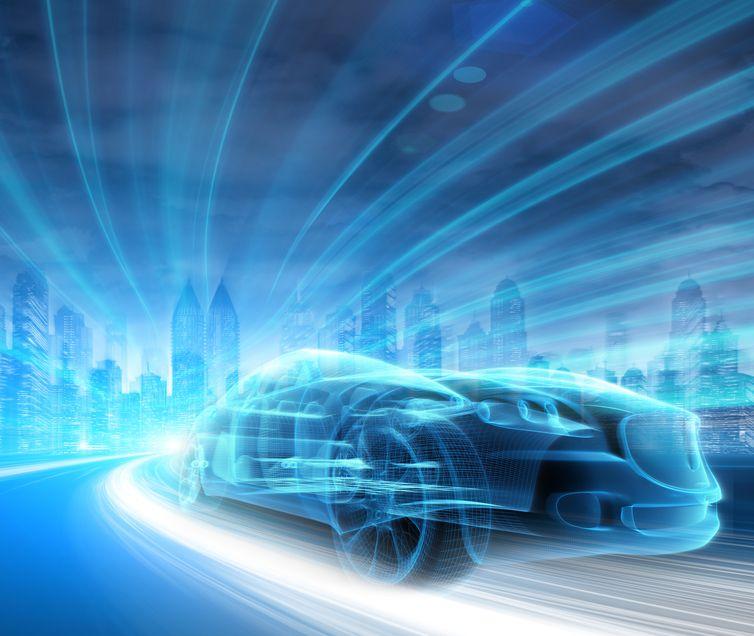He age of the internal combustion engine is ending. Now what?
December 5th, 2019 – By: Ed Sperling
The internal combustion engine’s days are numbered, and what comes next is going to cause one of the biggest upheavals in the history of business.
Before semiconductors and electronics, it was the auto industry that defined economies of scale. In fact, the auto industry became the model on which the entire electronics industry was built. It always was assumed that the mainframe, minicomputer, PC and smartphone markets would consolidate into two or three giants of industry, followed by lots of smaller players around the edges, just as the auto industry
A century later, it’s chips and software that are defining cars, and the traditional auto industry is trying to figure out if they can take on Tesla, NIO, and a handful of other startups using the same model that worked for them in the past with a different fuel source. Tesla, NIO, and all the rest are betting heavily they can’t.
It’s no coincidence that Tesla announced it is opening a €4 billion factory in Grünhelde, just outside of Berlin. For the majority of drivers in Germany, as well as the rest of Europe, being able to travel 300-plus miles on a single charge is probably enough to satisfy most consumers. If there are enough charging stations available, a battery electric vehicle is a very workable model.
Traditional German, American and Japanese carmakers were shocked at the rapid ascension of electric vehicles, and they remain wary of the upstart Tesla and Chinese startups. But at a time when global warming is dominating headlines everywhere, the automotive industry is under extreme pressure to rapidly clean up its act — literally. Their first foray into cleaner fuel with plug-in-hybrids was a baby step in the right direction, but it barely got commuters to and from work on an overnight charge. So when Tesla countered with its Model 3, which was priced competitively against those plug-in hybrids, panic ensued, alliances were quickly formed, and battle lines were drawn.
And this is where we are today. On one side are the battery electric vehicles. On the other are an increasing array of alliances built around fuel cells and hydrogen fueling stations and an array of plug-in hybrids. The question that hasn’t been answered yet is what consumers really want, how much they’re willing to pay for it, and which side can build out the infrastructure fast enough to support their different models.
This isn’t just about cars, either. It’s about trucks, industrial equipment, and just about anything that moves. And it’s about government subsidies, regulations, and potentially future car ownership models.
In the past, wars were fought over fuel, and they were won by those with access to that fuel. In the future, the mobility economy will be built around power, power efficiency, and communication. These are completely new building blocks from entirely new sources, and it’s not clear which model will win where.
Still, the stakes are enormous, and just because companies were successful in the past doesn’t mean they will do well in the future. It’s not even obvious that any of the companies on the automotive landscape today will survive in their current form, or that building vehicles will be the most lucrative piece of the business.
Tesla has pushed the industry into high gear. Whether the final result will ultimately look like a car or some electronic instrument developed by Google/Waymo, Apple, or some other company that still has yet to surface is unknown. But the bets being made are huge, and one miscalculation could have significant repercussions.
To learn more, click here.


